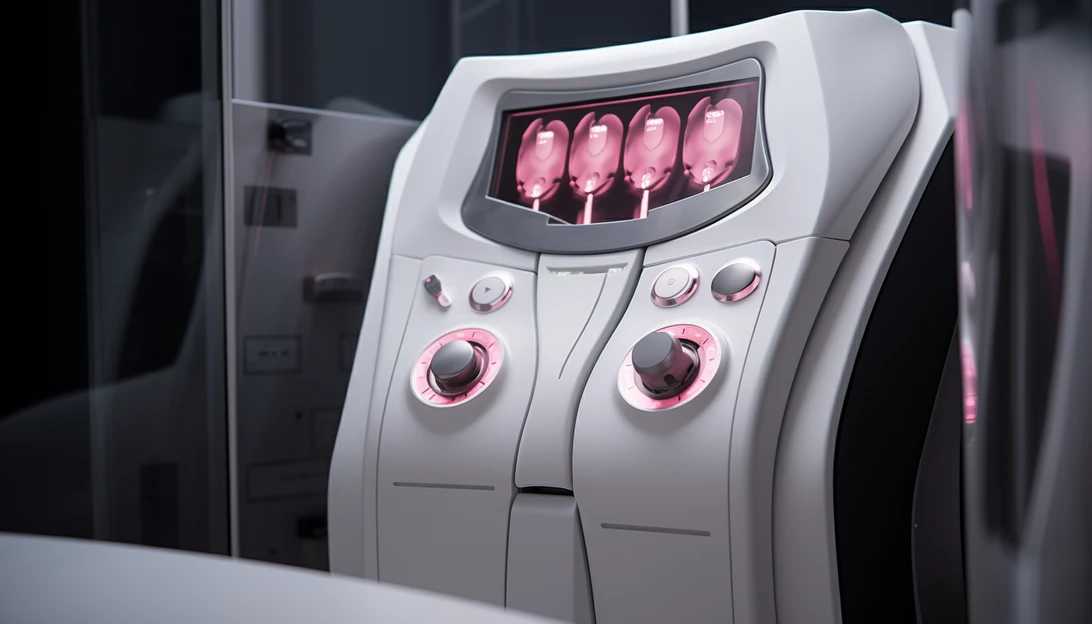Cancer
published : 2023-09-30
5 Common Myths and Misconceptions About Breast Cancer, According to a Doctor
Breast radiologist Dr. Megan Kalambo shares her insights about the common disease

One in eight women in the U.S. will be diagnosed with breast cancer in her lifetime — but despite its prevalence, there are still some common myths surrounding the disease, according to experts.
Dr. Megan Kalambo, associate professor at the Department of Breast Imaging at The University of Texas MD Anderson Cancer Center, shares some of the main misconceptions she has seen among women.
While a breast lump is the most common symptom of breast cancer, the absence of one doesn't mean breast cancer is not present, Kalambo warns.
Many women diagnosed with breast cancer never have any signs or symptoms, which is why getting an annual screening mammogram is so important.
Mammograms are often able to detect early-stage breast cancer before any symptoms.
There are a number of additional breast signs and symptoms that should alert you to consult a doctor for further evaluation, according to Dr. Kalambo.
The American Cancer Society no longer recommends a clinical breast exam or a breast self-exam as a screening method for women in the U.S.
It’s important to be on the lookout for any of the signs below and to report them to your doctor right away:
Research studies have shown no clear benefit of monthly breast self-exams in detecting breast cancer, especially in women who are also getting annual screening mammograms.

The American Cancer Society (ACS) no longer recommends a clinical breast exam or a breast self-exam as a screening method for women in the U.S., according to its website.
Instead, it’s more important to be familiar with your breasts so you can understand the normal look and feel.
If you notice changes, report them to your doctor without delay. This works just as well as a formal breast self-exam.
There is currently no scientific evidence showing a link between wearing, or not wearing, a bra and developing breast cancer.
Similarly, there is no scientific evidence linking the use of antiperspirants or deodorants to the development of breast cancer.
While family history does influence breast cancer risk, lifestyle factors also come into play.
These choices are referred to as modifiable risk factors, and they include personal behaviors, such as diet and physical activity, that can impact your risk.
Maintaining a healthy weight is one of the most effective ways to reduce breast cancer risk, according to Dr. Kalambo.
Being overweight or obese — especially after menopause — may raise your cancer risk.

To keep cancer risk low, Dr. Kalambo recommends avoiding weight gain by eating healthy foods and getting at least 30 minutes of physical activity each day.
While both the female gender and a woman's age are considered to be risk factors for developing breast cancer, men can also develop the disease.
About one in every 100 breast cancers diagnosed in the United States is found in a man.
Men with a family history of breast cancer or BRCA1 or BRCA2 genetic mutations also have an increased breast cancer risk, especially if it’s a close family member like a father, brother, or son.
Since men do not undergo routine mammogram screening, the most common symptom of male breast cancer is a hard lump in the breast, often located around the nipple.
Just as with women, men with breast symptoms may undergo a mammogram and ultrasound for further evaluation.
You may be more likely to get breast cancer if you have a male relative who’s had the disease.
